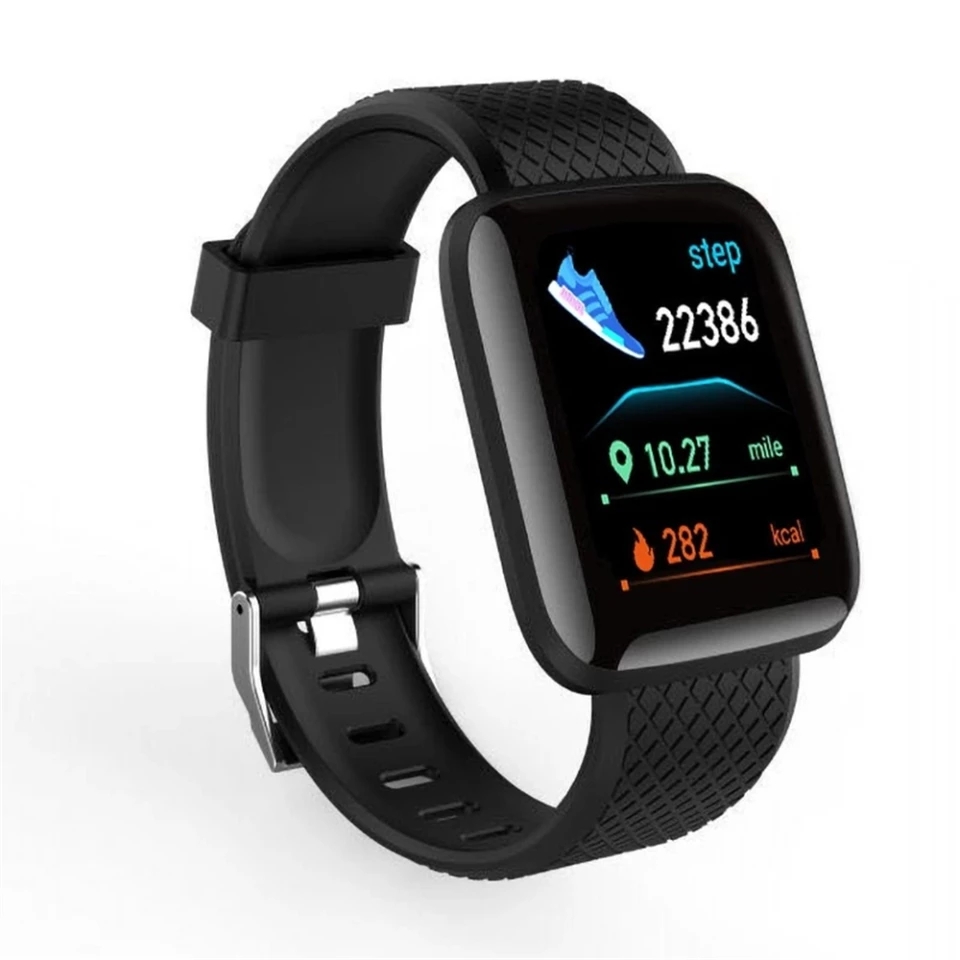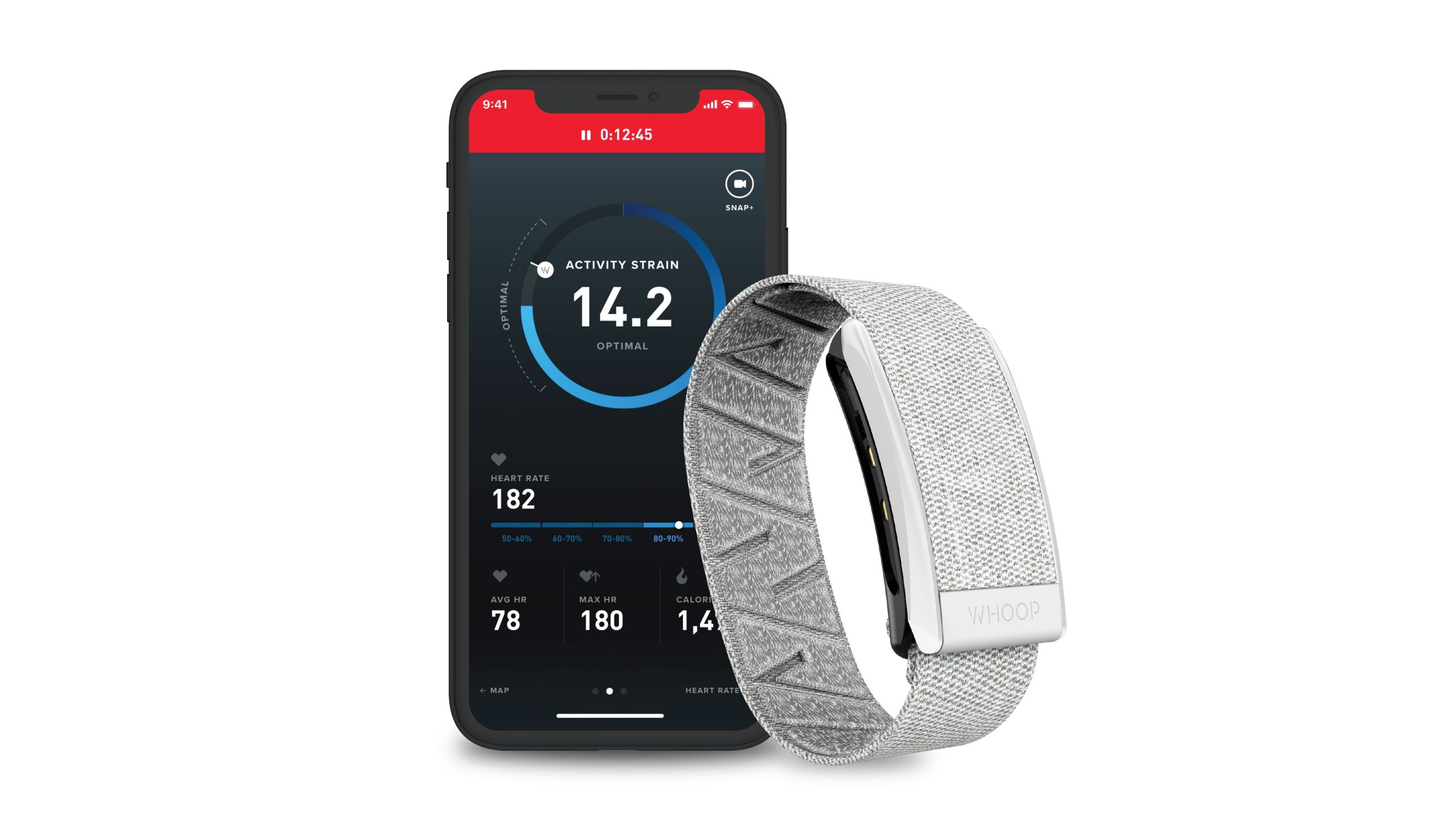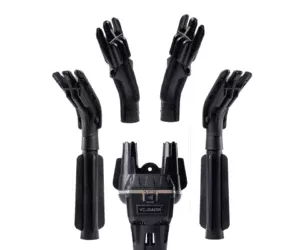The importance of monitoring your health can never be overstated. Whether you are a casual exerciser or a professional athlete, you need to know how your body is performing in order to stay healthy and get the most out of your fitness routine. Heart rate monitors provide invaluable insight into the condition of your heart and overall fitness. They are easy to use and can provide accurate measurements of how much effort is required for each activity. In this blog post, we will explore why using a heart rate monitor is the best way to monitor your health status.
What is a Heart Rate Monitor?

Heart rate monitors are devices that measure your heart rate in beats per minute (BPM). They can be worn as a watch, clipped to your clothing, or placed on a finger. Heart rate monitors help you to track how hard your heart is working and can be used to improve your cardiovascular fitness.
There are many different types of Heart rate monitors available, but the most common type is the wearable monitor. Wearable monitors can be found in a variety of styles, including watches, clips, and chest straps. These devices usually use sensors to detect your heart rate and then transmit the data to a receiver or display.
Clip-on monitors are small devices that attach to your clothing. They typically have a built-in sensor that detects your heart rate and displays the information on a small screen. Chest strap monitors are another type of wearable monitor that attaches around your chest. These devices usually have sensors that send data wirelessly to a receiver or display.
Finger Heart rate monitors are placed on your finger and use light sensors to detect your pulse. These devices generally provide real-time readings of your heart rate and may also include features such as alarms, timers, and memory recall.
How to Use a Heart Rate Monitor

When it comes to fitness, Heart rate monitors are one of the best ways to track your progress and health status. By monitoring your heart rate, you can ensure that you are working out at a level that is safe and effective for you.
There are a few different ways to use a heart rate monitor, but the most common is to strap it around your chest. The monitor will usually have two sensors that will sit right over your heart. These sensors will pick up your heartbeat and translate it into a number that you can see on the display.
Most Heart rate monitors will also have a wrist strap that you can wear. This is not as accurate as the chest strap, but it can be more comfortable for some people. If you decide to use a wrist strap, make sure that it is tight enough so that it doesn’t slip off during your workout.
Once you have your heart rate monitor in place, you need to start paying attention to the numbers. Your goal should be to keep your heart rate in the “target zone.” This is the range of beats per minute (bpm) that is considered safe and effective for your particular fitness level.
To find your target zone, you first need to determine your maximum heart rate (MHR). This is the highest number of bpm that your heart can safely handle. You can calculate your MHR by subtracting your age from 220. For example, if you are 30 years old, your MHR
The Benefits of Using a Heart Rate Monitor

There are many benefits to using a heart rate monitor. Perhaps the most important is that it can help you to avoid overtraining. When you train without monitoring your heart rate, it’s easy to push yourself too hard without realizing it. This can lead to burnout, injuries, and a decrease in performance.
A heart rate monitor can also help you to better gauge the intensity of your workouts. If you’re trying to lose weight or improve your fitness, knowing how hard you’re working is essential for achieving results.
Heart rate monitors can also be used as motivational tools. Seeing your heart rate rise as you push yourself during a workout can give you a boost of energy and encouragement to keep going.
Finally, using a heart rate monitor can simply make working out more enjoyable. When you have all the information about your workout at your fingertips, it’s easier to forget about the outside world and focus on your own health and fitness.
The Different Types of Heart Rate Monitors
There are a few different types of Heart rate monitors available on the market. The most common type is the wrist-worn monitor, which consists of a strap that goes around your chest and a watch-like device that you wear on your wrist. These monitors usually have sensors that detect your heart rate and send the data to the watch, which then displays your current heart rate.
Another type of heart rate monitor is the chest strap monitor. This type of monitor consists of a strap that goes around your chest and attaches to a transmitter. The transmitter sends data about your heart rate to a receiver, which can be either a watch or a smartphone. Chest strap monitors usually provide more accurate data than wrist-worn monitors, but they can be less comfortable to wear for long periods of time.
Finally, there are also apps that can track your heart rate using the camera on your smartphone. These apps use the camera to detect small changes in the color of your skin caused by blood flow and then use an algorithm to calculate your current heart rate. While these apps can be convenient, they are not as accurate as dedicated Heart monitors.
How to Find the Right Heart Rate Monitor for You

There are many factors to consider when choosing a heart rate monitor. The most important factor is finding one that is comfortable to wear. There are many different styles of monitors available, so it is important to try on several before making a purchase. It is also important to find a monitor that accurately tracks your heart rate. Look for reviews online from other users to get an idea of which monitors are the most accurate.
Another important factor to consider is the price. Heart monitors can range in price from around $20 to over $200. It is important to find one that fits your budget but also offers features that you want. For example, some monitors come with built-in GPS while others do not. If you are planning on using your monitor for running or biking, then GPS may be an important feature for you.
Once you have considered all of these factors, you should be able to narrow down your choices and find the perfect heart rate monitor for you!
Conclusion:
Heart monitors are an excellent way for people to keep track of their health and fitness goals. They provide a simple yet effective way to measure your heart rate, monitor your progress, and stay on track with your training regimen. With the convenience of having the data right at our fingertips, it’s no wonder why so many people are now using heart monitors as part of their routine. Whether you’re an avid athlete or just starting out in exercise, investing in a good quality heart rate monitor can make all the difference when it comes to achieving your desired outcomes.
To know more about Heart rate monitors [Read More..]

